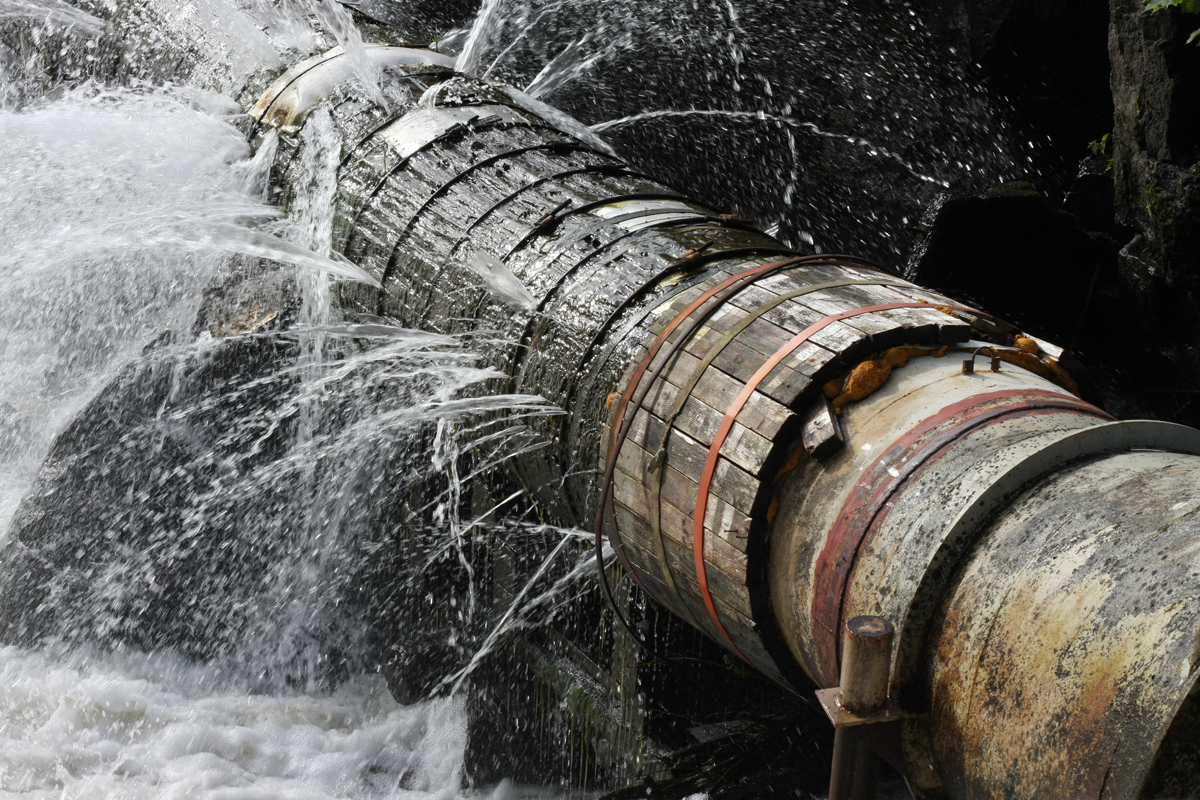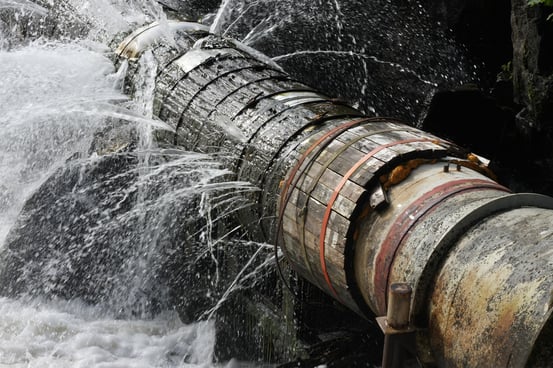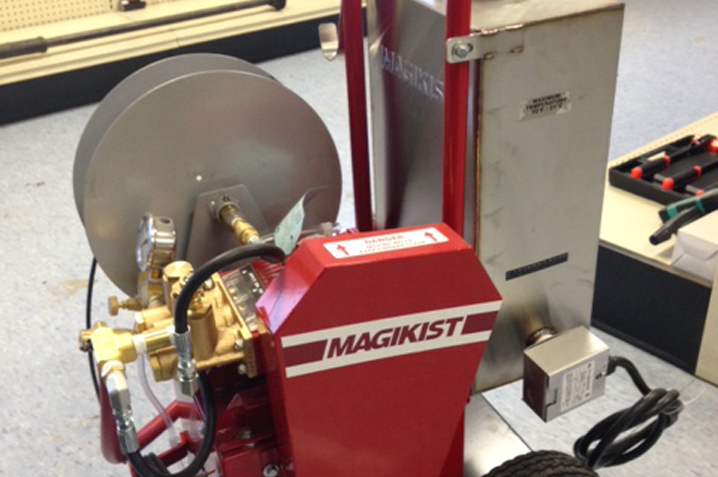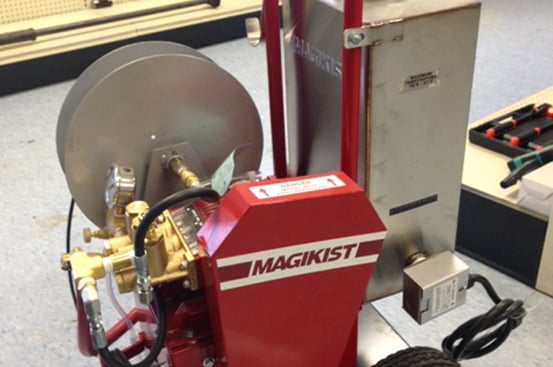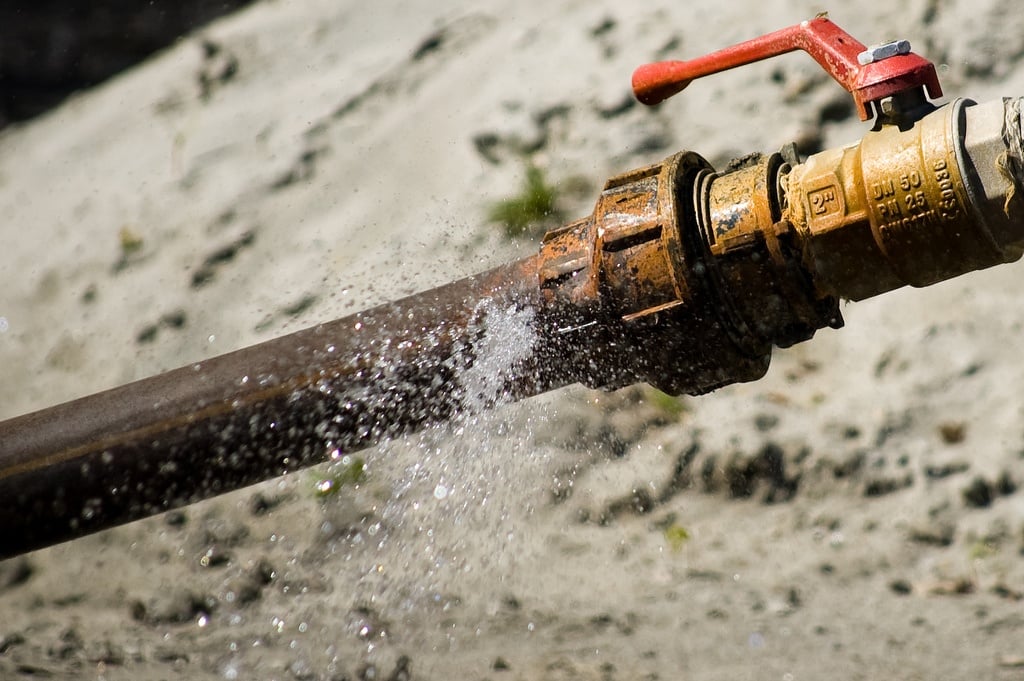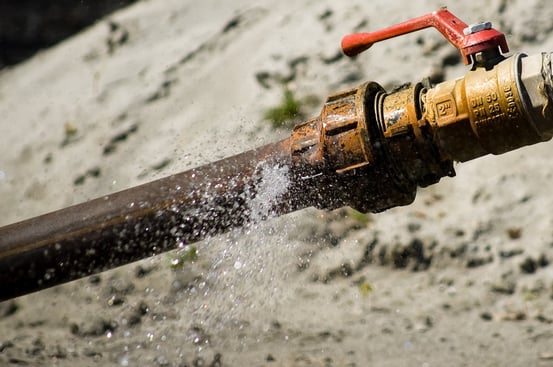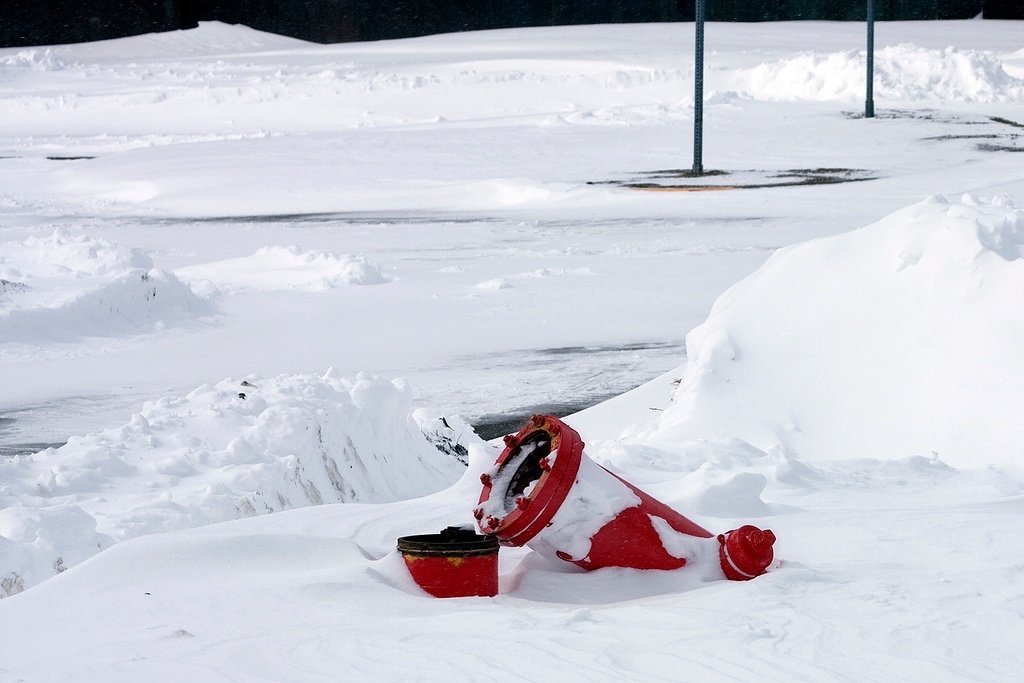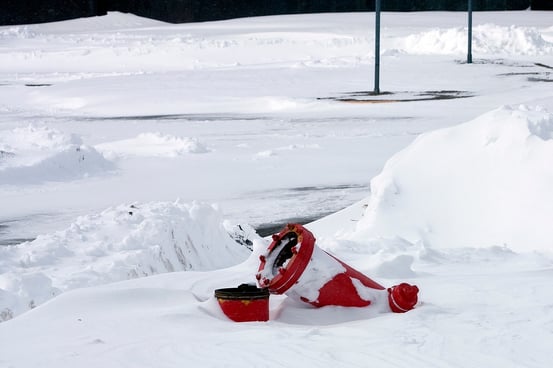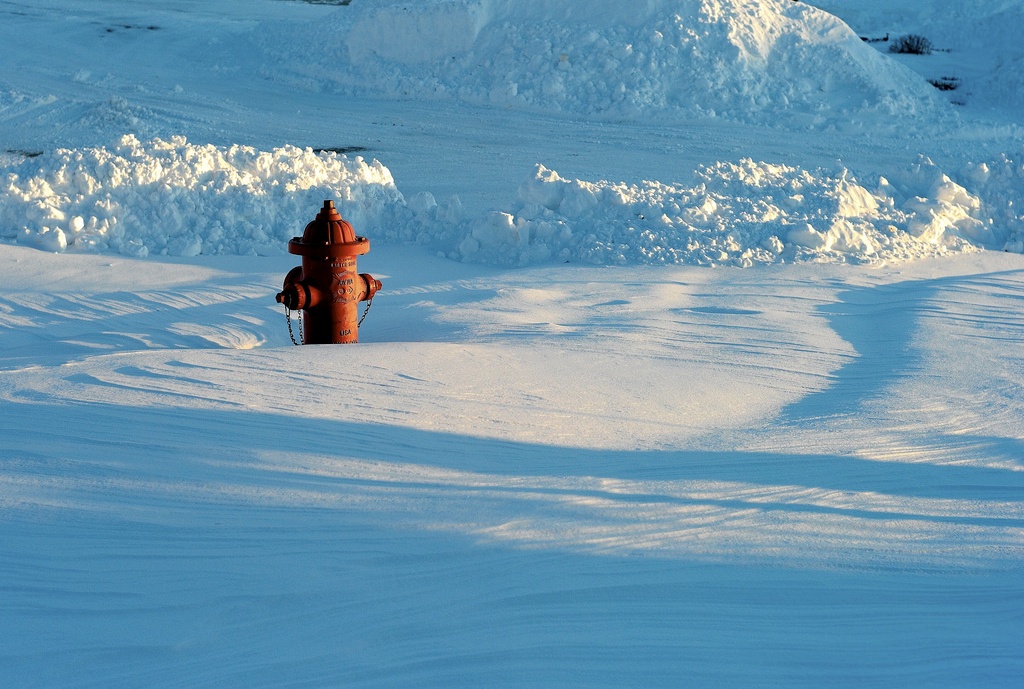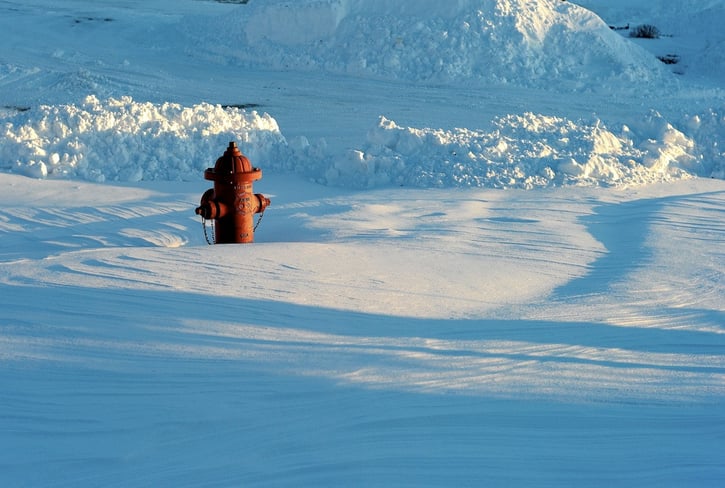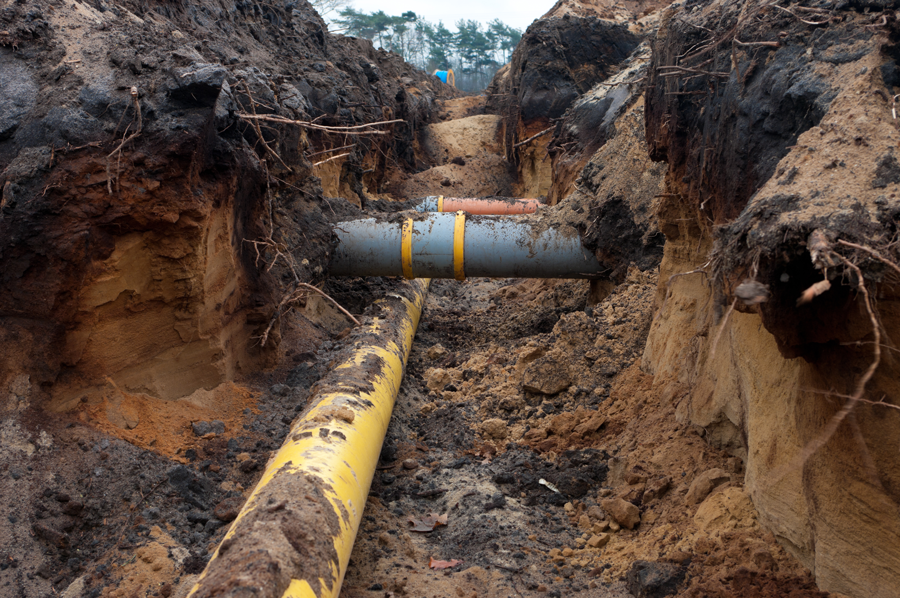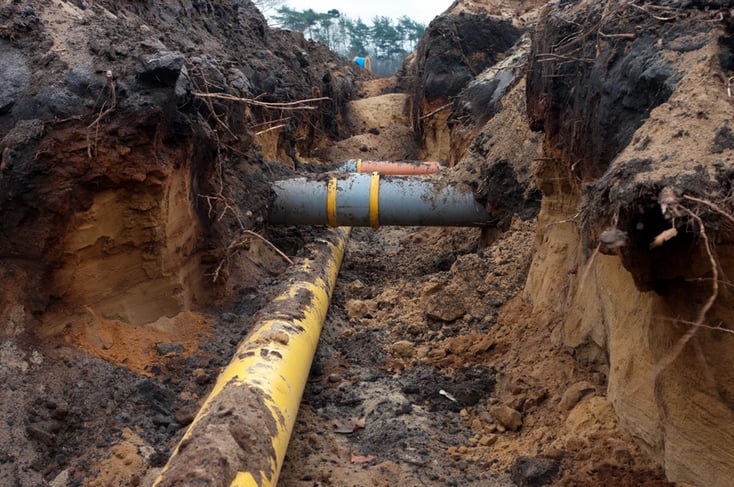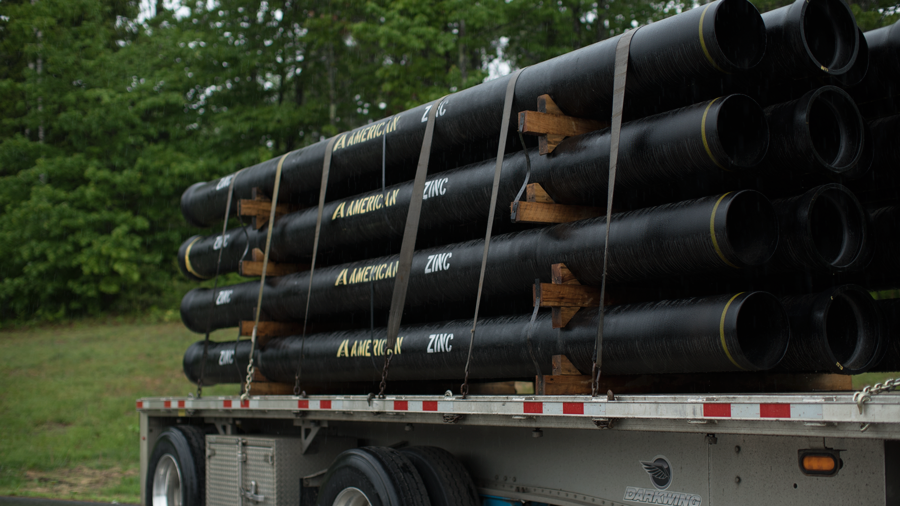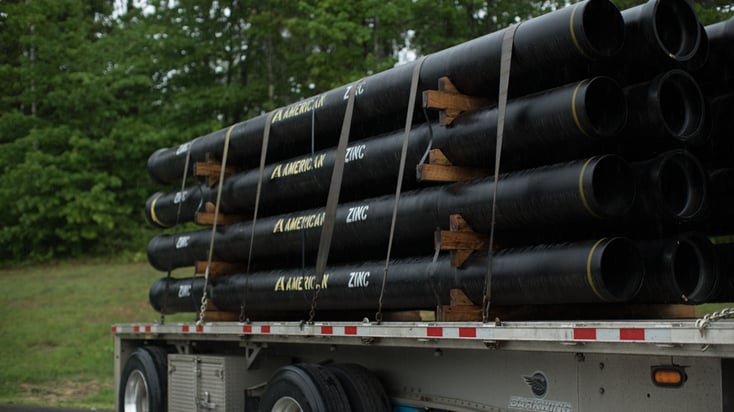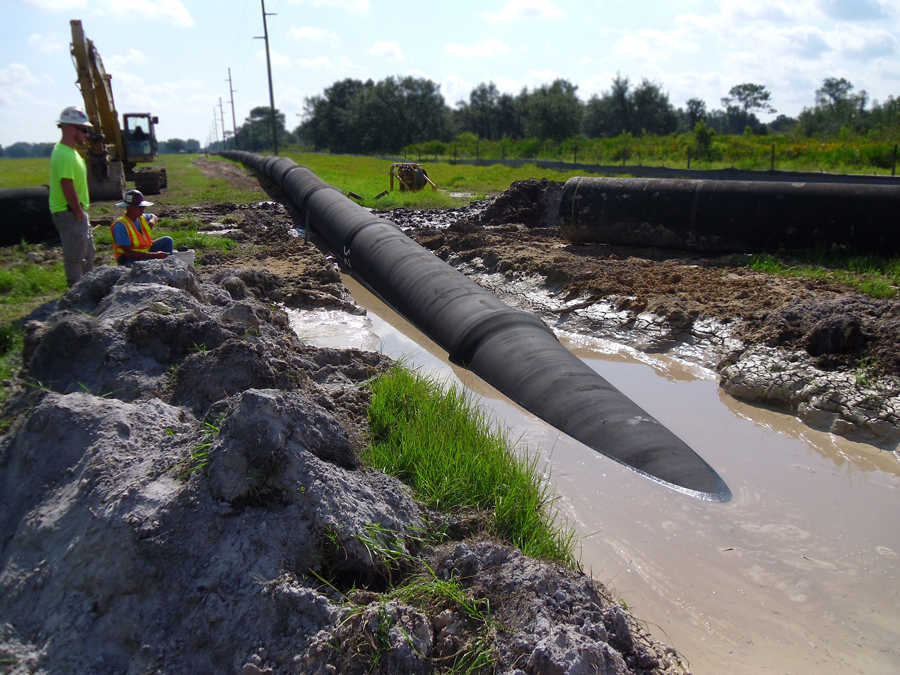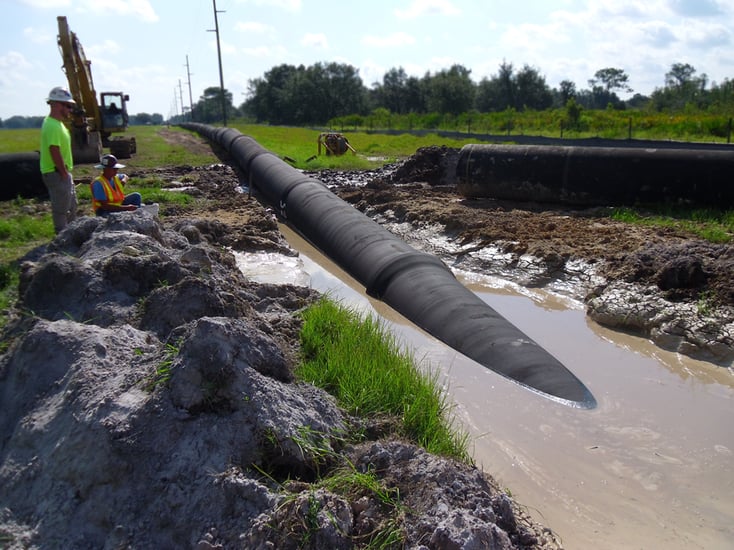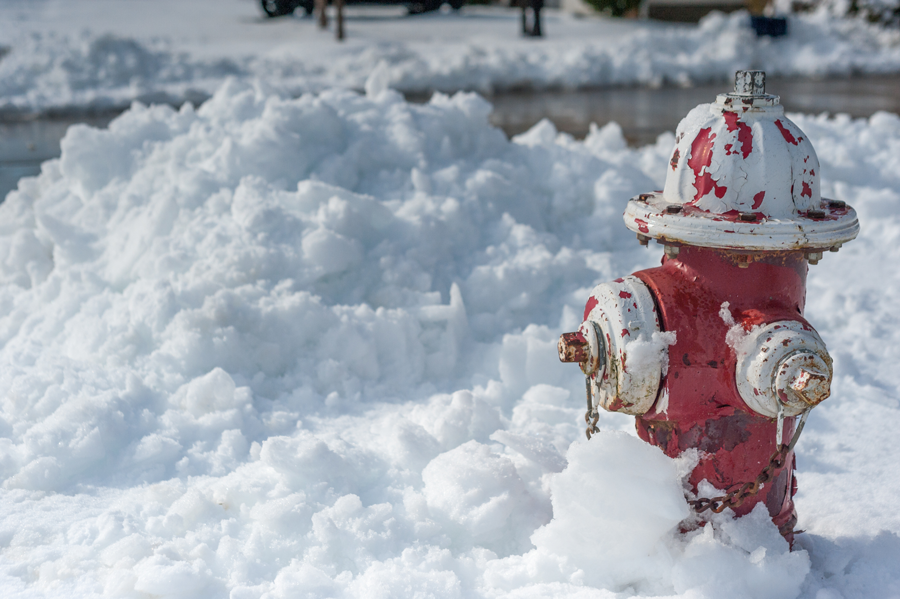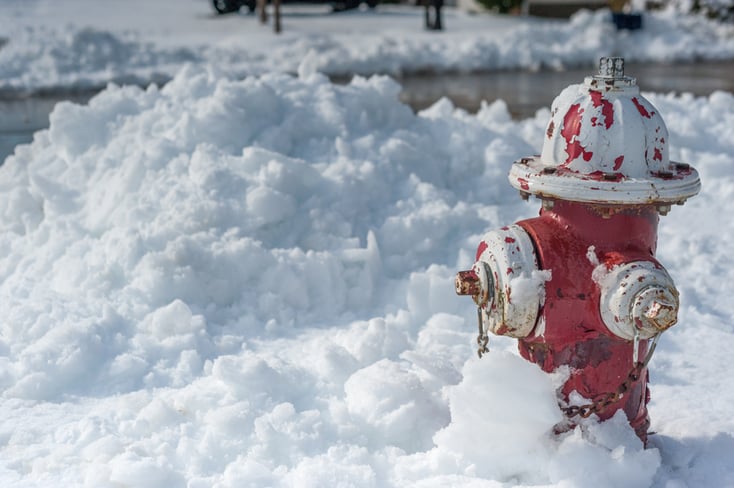When you have a water distribution system, leaks can seem inevitable. The average system loses about 10 gallons of water per person per day, which can mean thousands to millions of gallons of water lost in a very short period of time. Though you may have an idea of where a really colossal leak could be because of flooding or serious soil displacement, how do you catch those leaks before they become an emergency? Through intelligent leak detection technology.
With winter setting in, do you know what your options are if your mains freeze? The holiday season is just a few weeks away, and there's nothing worse than missing that big dinner with family to work on thawing out frozen lines with equipment ill-suited to the problem at hand. At Team EJP, we're proud to partner with quality companies like Maine Security, a full-time security company that provides third-party administration. They take your calls and direct Team EJP's highly trained professionals and equipment to where they're needed most, including our innovative Magikist pipe thawing technology. That means your mains get thawed, your customers get their service back on and you get to enjoy your time with your family.
According to the Water Main Break Clock, an average of 850 water main breaks occur on a daily basis in the U.S. That's more than one every two minutes. A particularly spectacular one at UCLA spewed out over 20 million gallons of water, flooding the campus as a 12" cast iron water main installed over 85 years ago gave way. Why do they do so much damage? Old iron pipes in corrosive soil eventually rust away, leaving a geyser or a mud hole behind for your maintenance workers to fix.
Fire hydrants have a dangerous life. They sit on the curb, just waiting for the next car or truck to come spinning out of the intersection and cause significant damage to the barrel. They have burly firemen cranking down on the valves to make them stop flowing without checking if there's debris caught inside, damaging the valves. It's a hard knock life for fire hydrants. What can you do to ensure fast restoration of service to a hydrant after it's been damaged? Let's take a look at some common types of damage commonly seen in fire hydrants and how to fix them:
With the unusual weather of the past few years, it's becoming harder and harder to plan for what the north wind will blow our way. Though forecasting the weather is still a somewhat inaccurate science, climatologists are developing better models to predict weather patterns. unfortunately, they're predicting significant snowfall in the northeast again this winter. But what does that mean to your city, your citizens, your hydrants and your fire department's ability to respond to a fire? Let's take a look at this scenario and see what plans should be put into action proactively so you have what you need when it's needed most.
When you're dealing with corrosive liquids in supply lines and sewer drainage applications, it can be really hard finding a pipe solution that delivers the performance you need without compromising the safety and durability you need for your unique situation. What kind of pipe material works best for moving these potentially dangerous liquids that won't quickly corrode and fail? One of the best options we've found in the industry are epoxy lined ductile iron pipe. Here's why:
When you're dealing with corrosive soils, how can you ensure that your ductile iron pipe is protected from corrosion and premature failure points? Like any type of naturally-occurring aspect of the environment, soils vary greatly and can be very corrosive, causing problems with your pipe systems if proper precautions are not made. But how can you decide what needs to be done? Here is some additional information on corrosive soils, how to mitigate the corrosiveness of the soil and what type of pipe coating works best to reduce the problem.
When you're working on directional drilling, it can seem as though there are as many questions as there are answers. But when it comes to the piping you use for directional drilling when you're trying to prevent traffic disruptions and surface repairs, two main contenders go to the top of every list: ductile iron pipe and polyethylene pipe. But what are the advantages and disadvantages of each pipe variety? Which situations do they work best in and which should be avoided? In this post, we'll take a good, solid look at each pipe variety and how they hold up in different situations.
With winter right around the corner, the practices used during the warmer times of the year need to be put to rest. Specifically, leaving your hydrant's barrel full after using it. For many fluids, including water, when that liquid freezes, it needs to pass from a fluid state to a strong crystallized formation as a solid. As this process takes place, the liquid expands, putting extreme pressures on the sides of the container it's in, often cracking or shattering them. How do you take care of your hydrants during the winter to ensure they'll continue working when you need them? Let's take a good look at the concepts behind ice formation and how to protect your investment.
Do you occasionally have back injury problems? Making up 20% of all non-fatal accidents that happen on the job according to a 2013 Bureau of Labor Statistics report, back injuries can wreak havoc with your work site safety. Though there are some preventative measures you can take to protect your employees, such as providing back braces and teaching proper lifting technique, there are many more options in terms of tools and work site design that can help prevent back injuries, which totaled over 212,000 soft-tissue strain-related injuries in 2013, averaging seven days away from work while the injured employee recovers while receiving expensive workers compensation payments and treatments. Here are two solutions offered by Team EJP to help your company avoid this potential injury hazard, manhole castings that will help you reduce the number and expense of workers comp claims:
